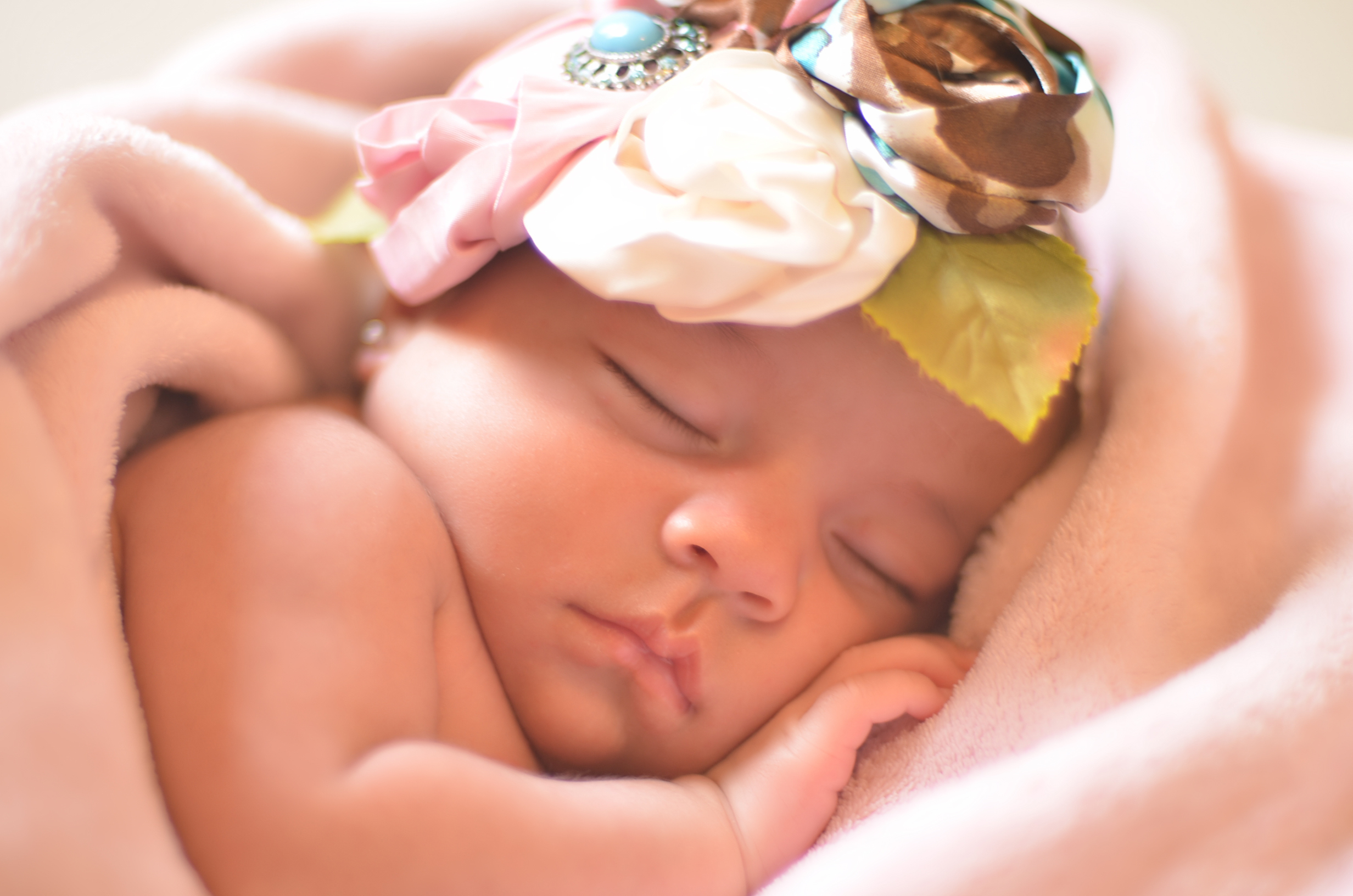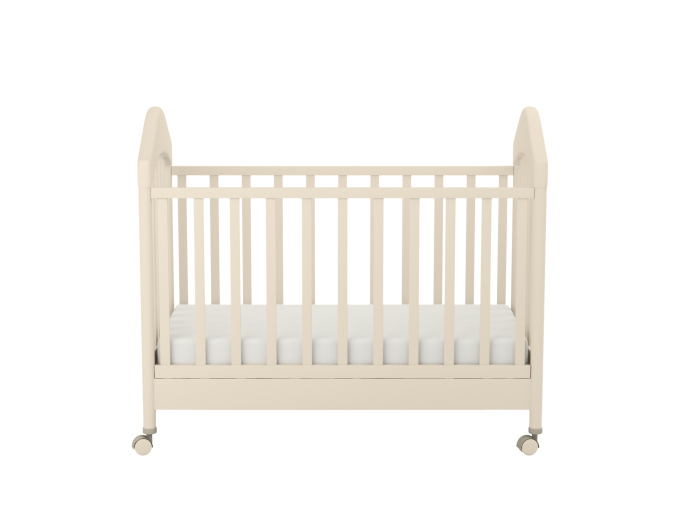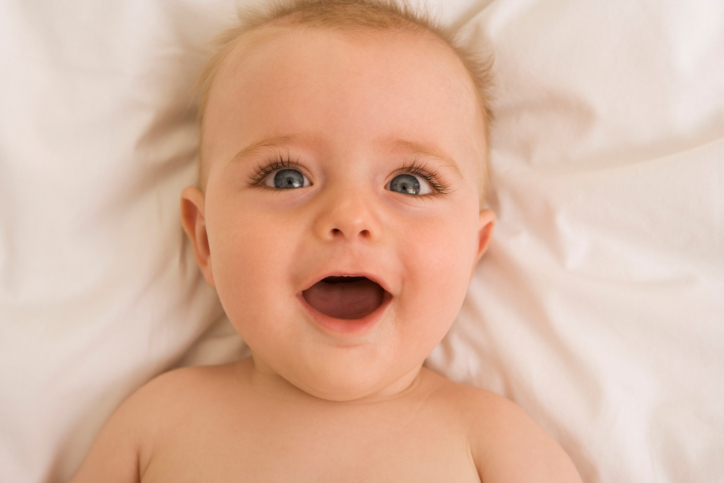A stroll through the local baby store can be overwhelming for new parents. Aisle after aisle of gear, equipment, gizmos, and gadgets. It can be hard to determine what is necessary and what isn’t. Many items, such as diaper pails and bottle warmers, are merely for convenience. But some articles, such as a car seat or a crib, are absolute necessities.

For the first several months, your baby will spend more time asleep than awake.
A crib will be an important part of your baby’s life for the first two or three years. It will become a place of comfort and familiarity, a place where he or she can quietly play alone, and of course the place where many peaceful and sleep-filled nights will take place. Hopefully.
If your baby arrives early and you don’t have the crib purchased or assembled, don’t fret. The crib isn’t essential in the first few weeks — a bassinet or cradle will easily suffice.
It’s important to make the right choice when buying a crib. Don’t feel rushed or pressured into making a purchase you aren’t comfortable with. Here are a few tips for buying a crib:
Safety
Your first priority should be the safety of the crib. Here are some features to look for:
- Slats. The slats should be no more than 2 3/8 inches apart. This will keep your baby’s head from getting stuck between the slats.
- Sturdy. After you assemble the crib, give it a good shake and see if it wobbles. If so, review the assembly instructions and verify you put it together correctly. If furniture assembly is not your specialty, you may want to pay extra to have it assembled for you.
- Finials. Corner posts should be either less than 1/16 of an inch or more than 16 inches if used for a canopy. The baby’s clothes can get hung on a post or finial if you aren’t careful.
- Drop Sides. Sides that can be lowered are convenient when putting a sleeping baby to bed. Though they were common for many years, they are unsafe and no longer permitted. Some cribs now feature a section which will fold down, which serves the same purpose as drop rails but isn’t a safety hazard.
- Mattress Height. Choose a crib with an adjustable mattress height. It’s acceptable to keep it on the highest setting until the baby can sit up. Then it should be set to the lowest position to keep the baby from climbing over and taking a tumble.

There are many options to consider when shopping for a crib.
Other Considerations
Here are some other thoughts with respect to your crib search:
- Versatility. Nursery cribs come with different options. They can convert to a toddler bed or be used as a headboard and footboard for a full-size bed. Cribs with these options generally are more expensive, so make sure you like the style before you make the extra investment.
- Bumpers. While most bedding sets come with bumpers, it’s best not to use them. A baby can wiggle its way into the bumper, causing a breathing obstruction. For a child who can stand, a bumper can be used as leverage to climb over the side and fall.
- Buy New. A new crib is more likely to meet the current safety standards. With the volume of recalls on cribs in recent years, it’s best to buy a new crib. If you choose to buy a pre-owned crib, inspect it carefully. Make sure the slats are the correct distance apart. Make sure there is no dropping side rail. Check the paint to make sure it isn’t chipping anywhere. Give the crib a good shake to make sure it is sturdy.
- Durability. If you plan on using the crib for future children, invest in a well-built crib.

The safety of your baby is most important
When you first learned you were expecting, you may have envisioned your perfect crib as a beautiful piece of furniture, ornate finials on each post, overflowing with cuddly stuffed animals and blankets, and decorated with beautiful fluffy bedding. But now that you’ve learned what is safest for your baby, you know what to look for when shopping for the perfect crib.
Amy Kirkegaard is a freelance writer who writes on a variety of topics, including money-saving ideas and shopping on a budget. She previously worked in marketing and human resources for an oilfield equipment manufacturer.
 Posts
Posts
We wanted our twins to share a crib as they just slept better near each other. Well, when they got a little older, they started whapping each other in the face and waking each other up. This crib spacer was the perfect solution since they were still near each other, but no face whapping. I really appreciate that it bought us a little more time of them sharing a crib before they just got too big to continue sharing.
Emily Short recently posted..No last blog posts to return.